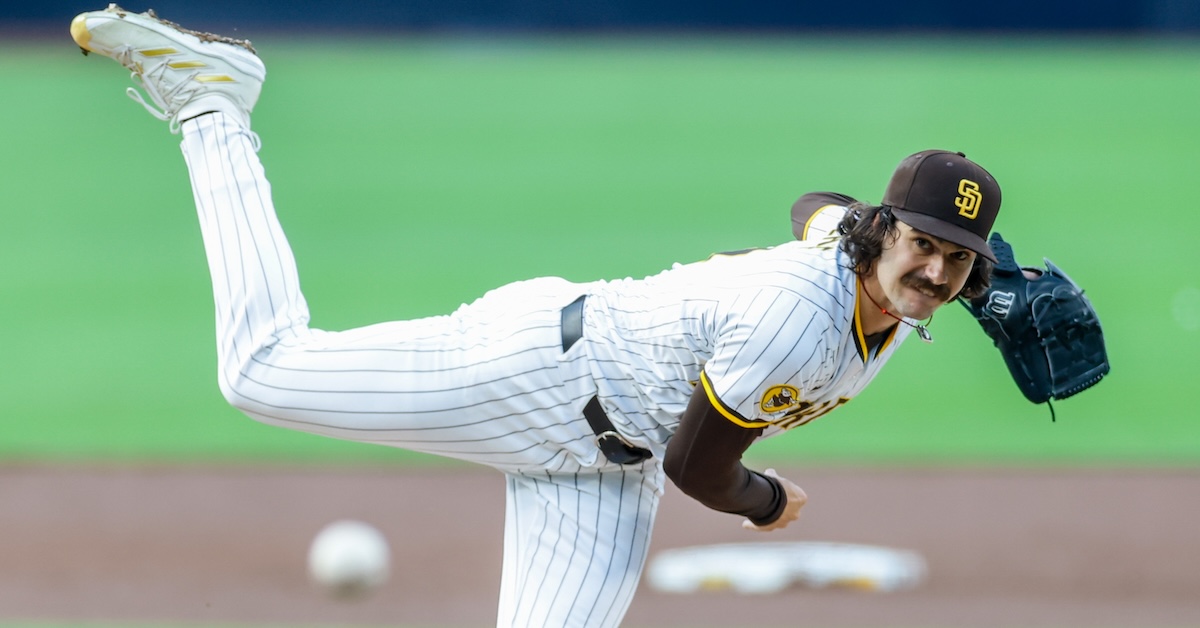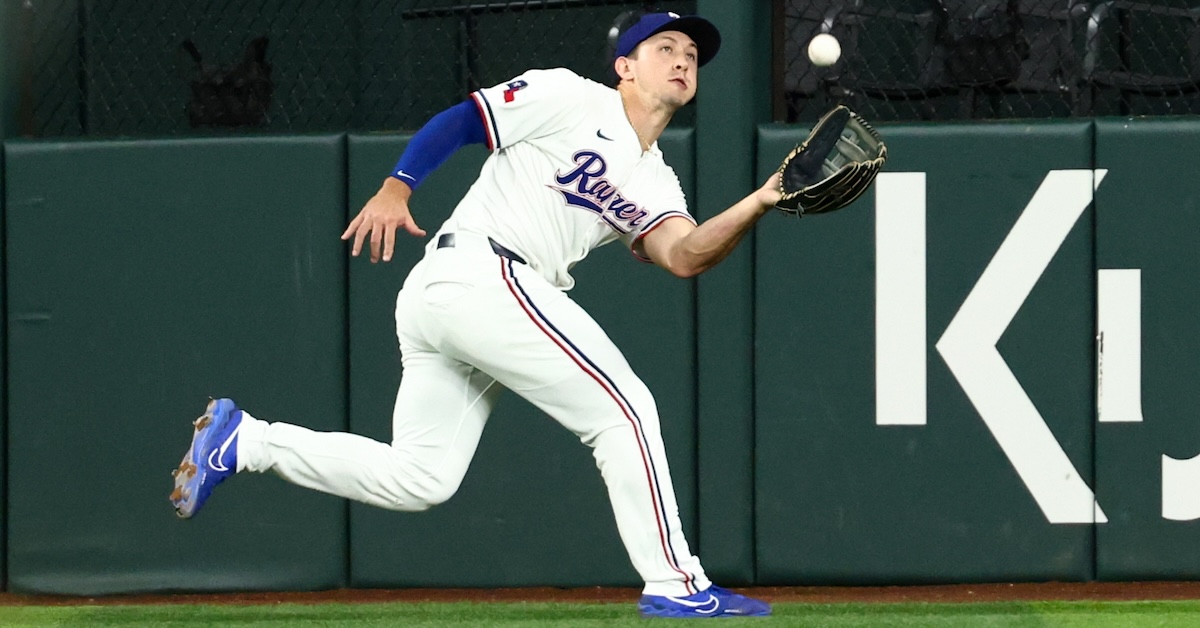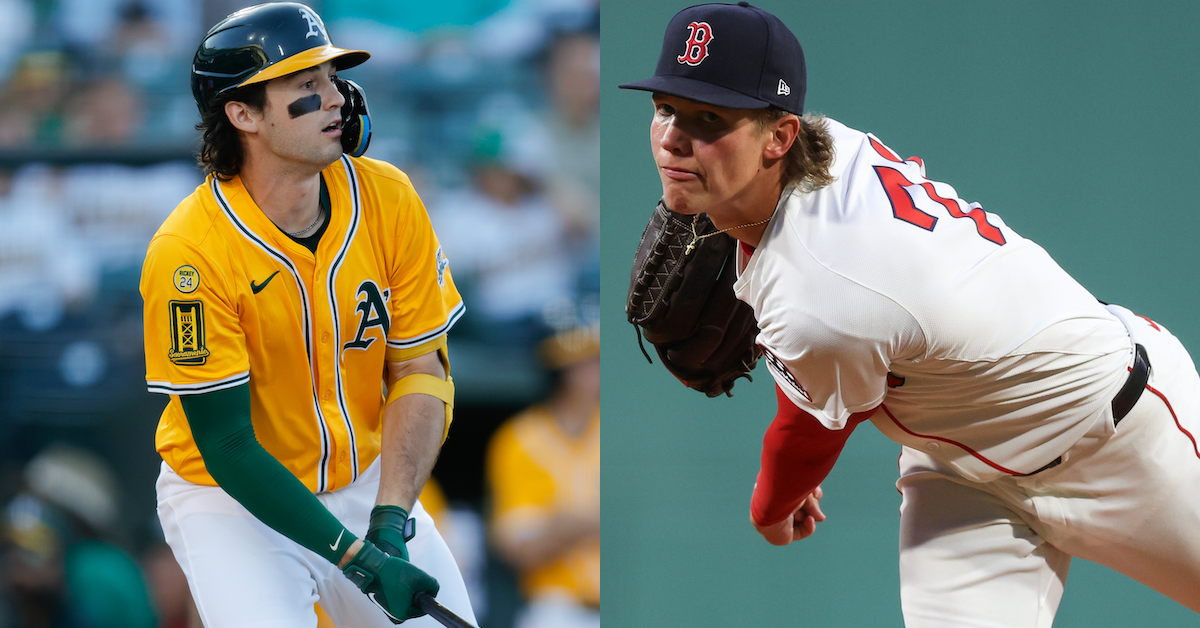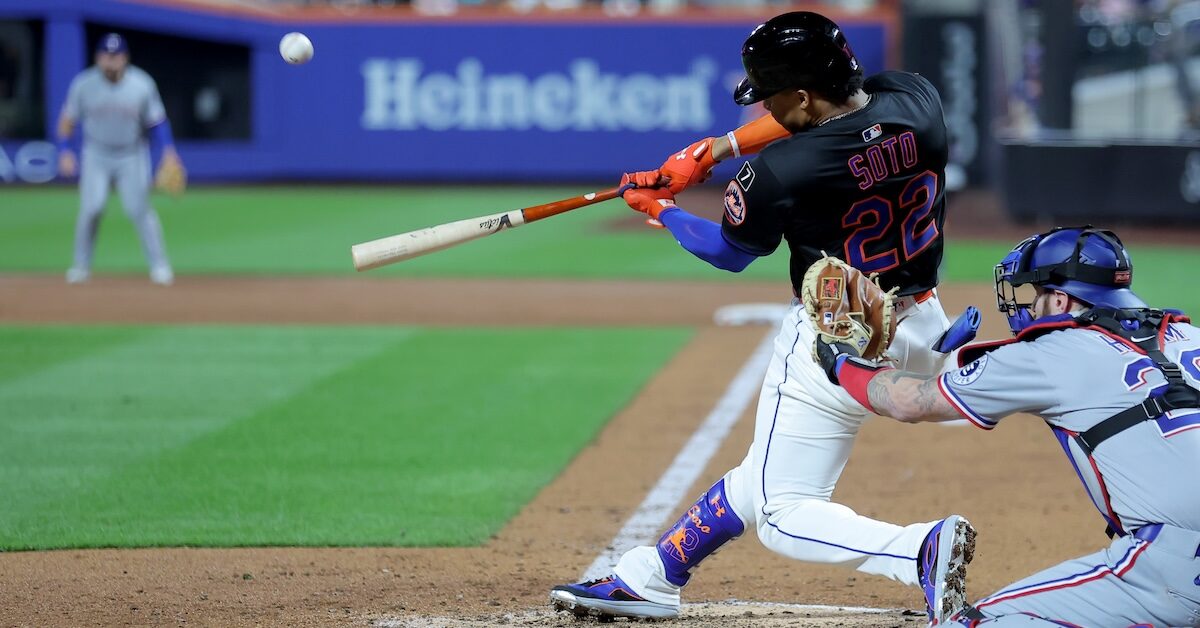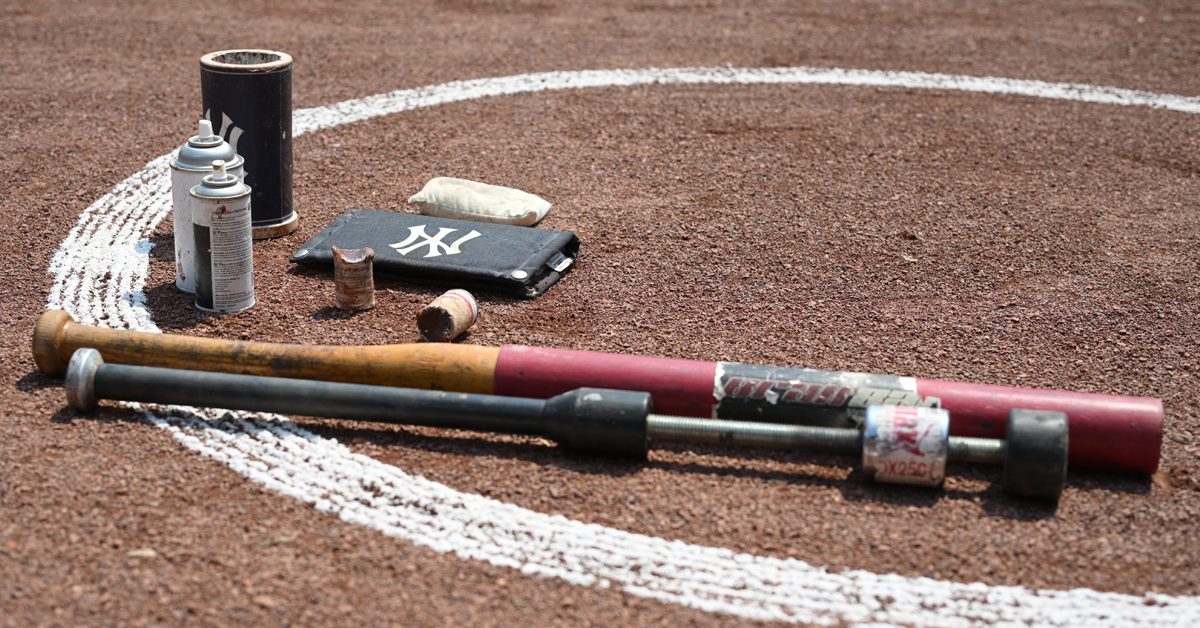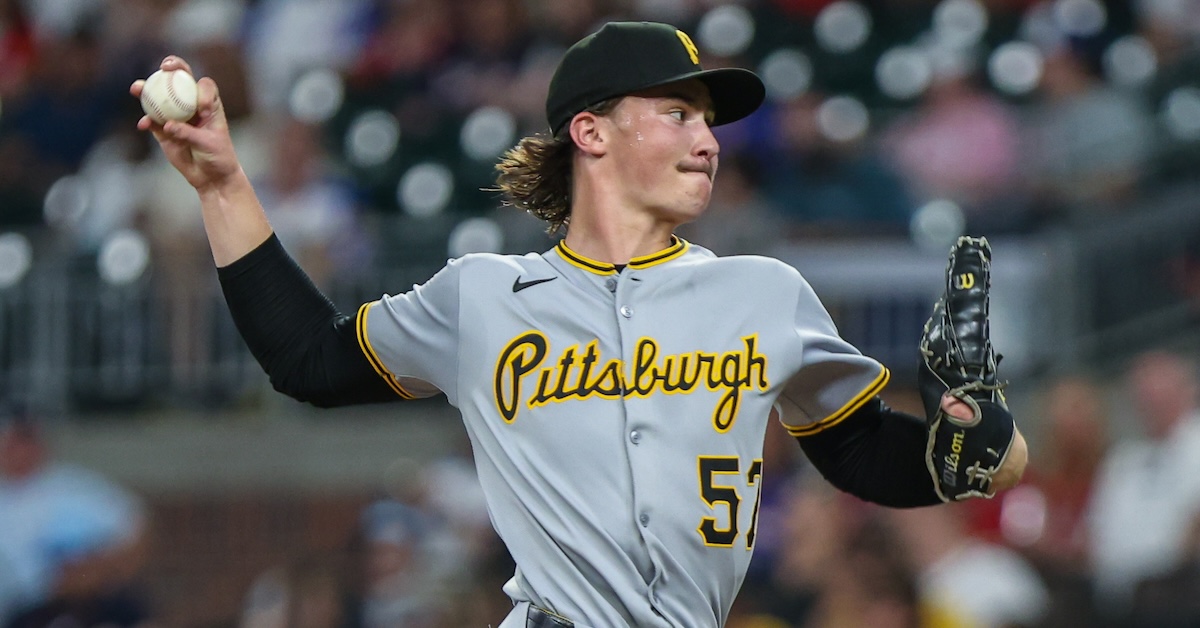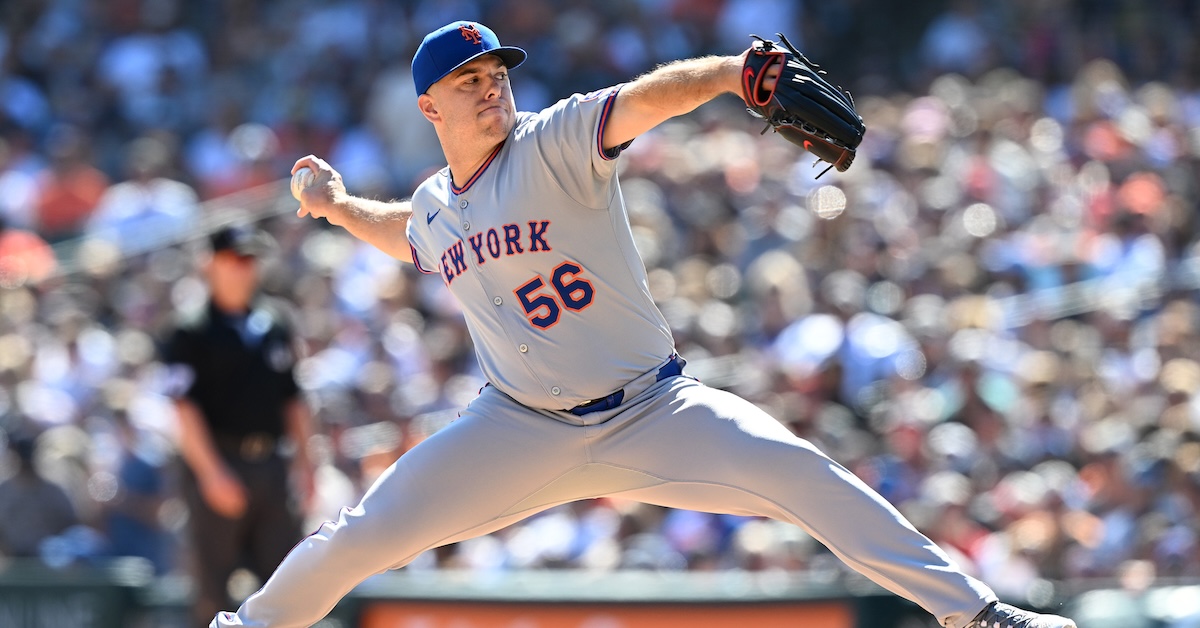The Unscoopable Elly De La Cruz
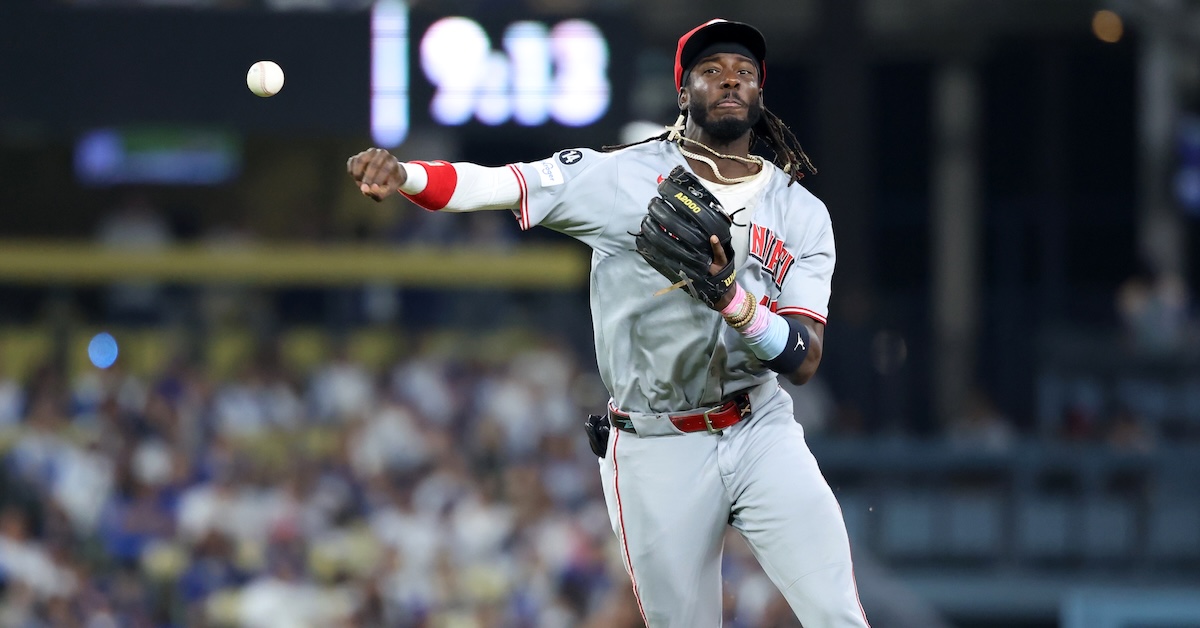
So I had this brilliant theory. My brilliant theory was that Elly De La Cruz wasn’t as bad a defender as the numbers would have us think. De La Cruz finished the 2025 season with 11 fielding errors, the second most in baseball, and 15 throwing errors, also the second most in baseball. Put those two together and you get 26 total errors, the most in baseball. I thought those totals might be shortchanging De La Cruz a bit. My brilliant theory was wrong, but before I get to why, let me explain my thinking.
We should start with the fact the advanced numbers do not say that De La Cruz is a bad shortstop. He makes up for most of his errors with length, speed, and the Mega Man cannon where his right arm should be. Statcast’s FRV loved De La Cruz’s defense in 2024, and it pegged him as perfectly average as he battled through a quad strain in 2025. Baseball Prospectus’ DRP, which tends to skew more conservative than the other advanced metrics, had him at 0.8 runs in 2024 and -0.4 runs in 2025. Sports Info Solutions’ DRS has always liked De La Cruz’s defense the least, pegging him at -2 in 2024 and -5 in 2025. So it’s not as if De La Cruz is grading out as a catastrophe. I just thought he deserved even more credit, and with that credit, we might have started seeing him as an above-average shortstop rather than a good-enough shortstop. Read the rest of this entry »
